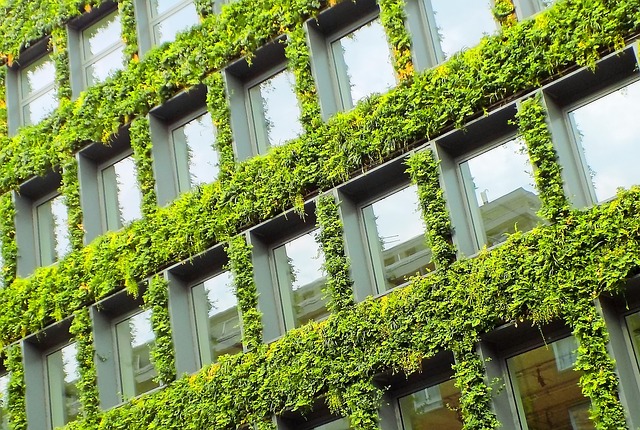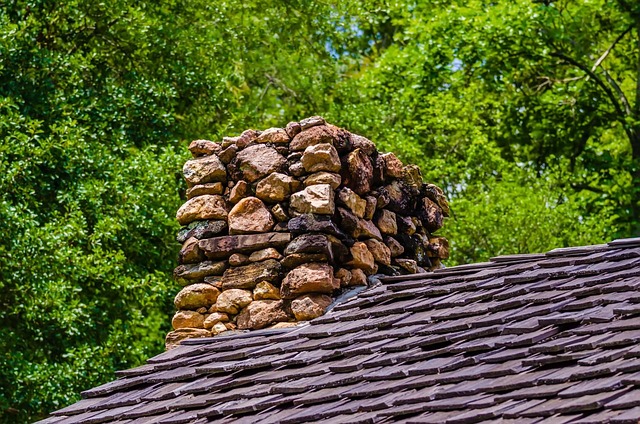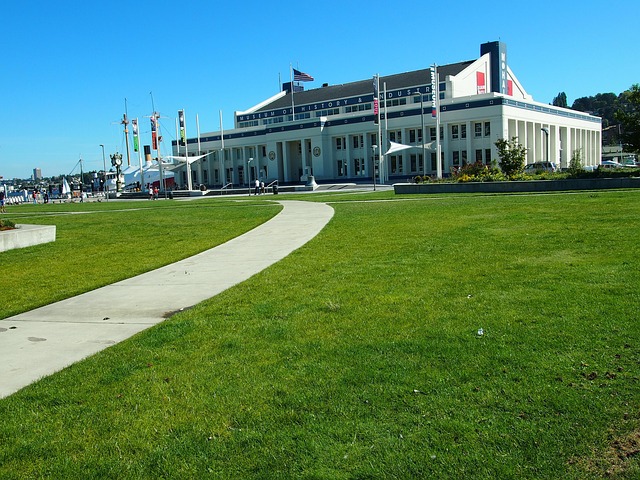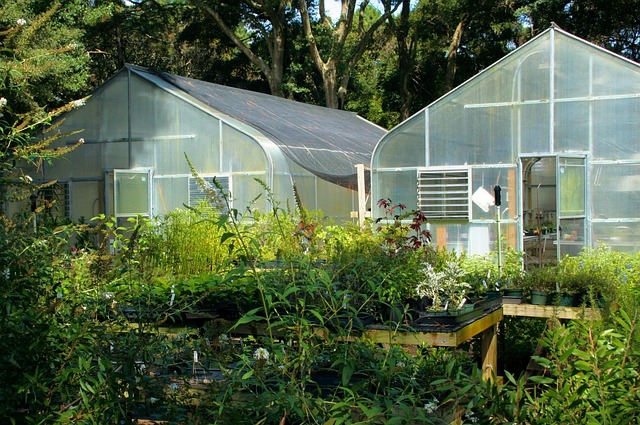The real estate industry is experiencing a significant shift towards eco-friendly materials driven by consumer and developer demand for environmental sustainability. This trend, fueled by health benefits and market response, promotes the use of natural, recyclable, or regenerative resources like bamboo flooring, recycled glass tiles, and energy-efficient insulation. The construction sector embraces sustainability to reduce carbon footprints, minimize waste, and enhance property values, making eco-friendly buildings more desirable and competitive in the market.
In today’s eco-conscious world, the real estate industry is experiencing a green revolution. The rising demand for sustainable living spaces has led to a surge in the use of eco-friendly materials, aiming to minimize environmental impact. This article explores this growing trend, delving into the benefits of integrating sustainable materials in construction and how these practices are reshaping the real estate development landscape. From reduced carbon footprints to enhanced energy efficiency, discover why eco-conscious choices are becoming the norm.
The Rising Demand for Eco-Friendly Materials in Real Estate

In recent years, there’s been a noticeable shift in the real estate industry as consumers and developers increasingly demand eco-friendly materials. This growing consciousness about environmental sustainability is driving a significant change in building practices, with many turning to natural, recyclable, or regenerative resources for their projects. The appeal lies not only in the reduced environmental impact but also in the health benefits associated with these materials, leading to more livable and desirable spaces.
The market response has been promising, with innovative solutions becoming more accessible. From bamboo flooring to recycled glass tiles, and energy-efficient insulation to sustainable wood alternatives, developers are finding ways to cater to this demand. This trend not only promises a greener future for the industry but also opens up new possibilities for design creativity, ensuring that sustainability is no longer a compromise but a core aspect of modern real estate development.
Benefits of Using Sustainable Materials in Construction

The construction industry is undergoing a significant transformation as the demand for eco-friendly and sustainable buildings grows. One of the key drivers of this change is the use of sustainable materials, which offer numerous benefits beyond their environmental advantages. In real estate, these materials are revolutionizing the way we build, creating healthier living spaces and reducing the carbon footprint associated with traditional construction methods.
Sustainable materials not only minimize waste but also improve energy efficiency in buildings. They can help regulate indoor temperatures, reducing the need for excessive heating or cooling, thus lowering utility costs. Additionally, these materials often have longer lifespans, requiring less frequent replacements, which further reduces waste and saves on maintenance expenses. As a result, real estate developers and property owners are increasingly recognizing the long-term financial and environmental benefits of incorporating eco-friendly options into their projects.
Integrating Eco-Friendly Practices into Real Estate Development

Incorporating eco-friendly practices into real estate development is becoming increasingly vital as we strive for a more sustainable future. Developers and architects are now recognizing the significant impact their projects can have on the environment, from construction to occupancy. By choosing eco-conscious materials, such as recycled or renewable alternatives, the industry can reduce its carbon footprint and minimize waste. For instance, using recycled steel or wood reduces the demand for new resource extraction, while biodegradable plastics and natural fibers in building products lower overall pollution levels.
These practices not only benefit the environment but also offer long-term advantages for real estate projects. Eco-friendly buildings often have improved energy efficiency, leading to reduced operational costs for owners and tenants. Additionally, they attract environmentally conscious occupants and investors who prioritize sustainability. As a result, integrating green initiatives can increase property values and enhance market competitiveness in the real estate sector.






